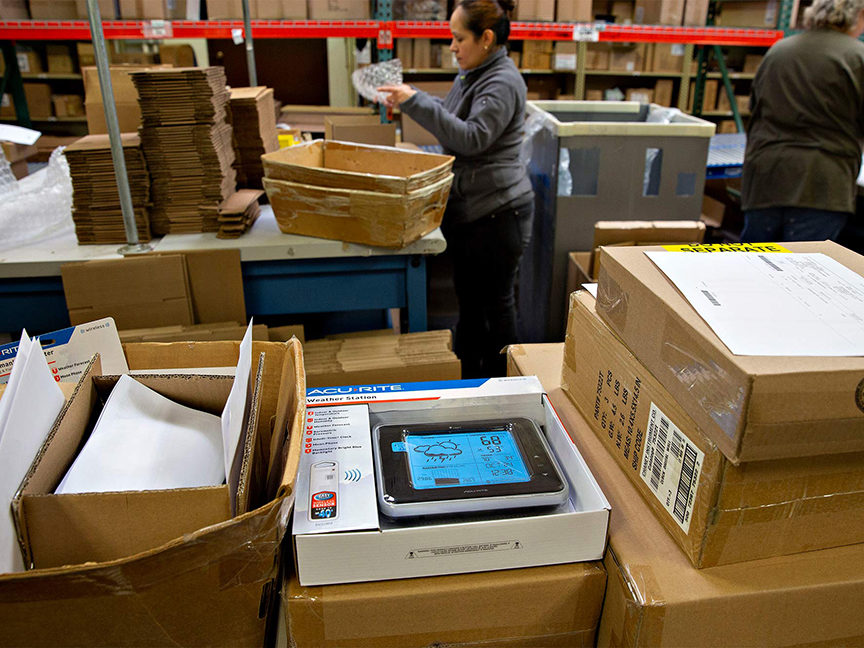
From grand-scale, end-to-end supply-chain inspections to the examination of discrete warehouses tasks, audits can provide vital data for achieving multiple objectives.
Audits should be a central element in any operation that thrives on efficiency, such as warehouses or supply chains. A successful audit highlights opportunities for cost control and risk mitigation while driving compliance and progress. It provides visibility and operational business intelligence.
Audits aren’t always simple to conduct, and they don’t necessarily paint a pretty picture. But they can yield multiple benefits, such as:
- Providing precision. Warehouses and distribution centers, especially in today’s environment of rapid fulfillment, can’t survive with subpar error rates. Precision isn’t an option, it’s a necessity. Audits can identify weak links in the fulfillment process.
- Measuring quality control. Beyond the walls of your own facility, audits that extend both upstream and downstream can place a focus on quality measures, to ensure that your entire supply chain is operating efficiently and locating breakdowns at micro levels for macro impact.
- Reducing supply-chain risk. Maintaining accurate assessments of suppliers and partners allows you to anticipate any weaknesses ahead. Identifying potential breakdowns before they happen lets you mitigate their impact by having contingency plans in place.
- Identifying hazardous or unethical sourcing. As supply chains evolve toward net-neutral or net-positive impacts on the environment, audits can indicate where efforts are needed to enhance sustainability initiatives. It’s often said that you can’t fix what you can’t measure. Audits can reveal the progress of your facility or supply chain toward sustainability goals.
- Identifying natural or geopolitical risks. On the surface, trade wars and natural disasters might not have much in common, but they both have significant impacts on supply chains. Auditing your supply chain can provide a degree of clarity and anticipation of commonly unforeseen or unpredictable events.
From operational perspectives to sustainability objectives, an audit process reveals existing and potential weaknesses within your own facility, as well as in external operations that influence your business. But there’s no one-size-fits-all approach. In order for an audit to succeed, you must determine exactly what you’re auditing and what you’re aiming to accomplish.
Audits can vary greatly in scale, ranging from a single department within one facility to suppliers and partners along every point of the supply chain. This is where clarifying objectives becomes paramount. An audit doesn’t necessarily have to be a grandiose project. Smaller, department-level audits can have an outsized effect on operational processes. They can even highlight the need for improvements in commonly overlooked areas.
Take pallet management. Examination of the pallet flow throughout your operation frequently identifies areas in need of development. Such an inspection might help improve strategies for load, racking and automation performance, optimizing your own facility while generating downstream benefits to clients and buyers. A pallet-management audit can also identify opportunities to increase revenue from the sale of surplus pallets which are no longer needed in your operation.
The task of performing an audit shouldn’t be underestimated. A large-scale effort can be costly and complex. On the other hand, smaller-scale audits, while often more manageable, can’t deliver holistic visibility, but can still uncover opportunities for operational efficiencies.
Furthermore, it’s vital to understand what to take from an audit, and how to apply the data from it. Audits can reveal both systemic and one-off issues, and it’s important to determine which is which. Audit data might be used for simple solutions to one-off problems, or to determine the next steps in more complex situations.
In either case, a warehouse or supply-chain audit puts your suppliers and processes under scrutiny, and can provide real-time data and process documentation essential to improving efficiency and productivity. It might not be an enjoyable undertaking, but it has tangible benefits.
Mike Hachtman is CEO of Relogistics.







